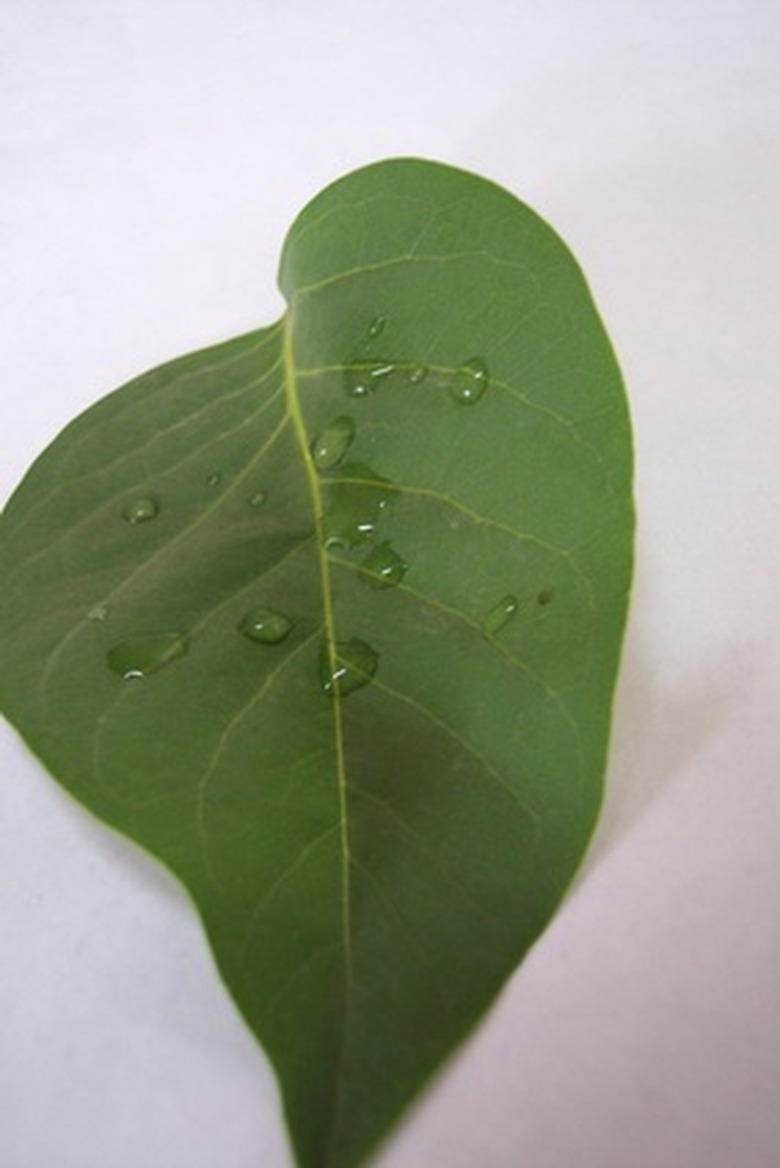Perennial Flower Leaf Identification
Because perennials return to your garden each spring, it is especially important to know what you have so that you can properly care for your garden. When identifying flowering plants, flowers provide an obvious starting point, but flowers aren't always present when you're ready to work on identification. Botanists and other plant specialists also rely on leaves to assist with identifying plants.
Identification
Plants are classified and identified based on features that they share with other plants, implying an evolutionary relationship between different species. When identifying an unfamiliar perennial in your garden, you will collect as much information about it as you can about the shape, size, color and arrangement of its leaves. By matching this information to data collected about different plants and plant families, you can discover the identify of your flowering perennial and learn more about it in the process.
Leaf Arrangement
Begin by looking at how the leaves are arranged in relation to each other on the stem. Botanists speak of two basic leaf arrangements: simple and compound. Simple leaves emerge singly from the stem, while compound leaves possess multiple leaflets. Look at the base of the leaf, and if there is a bud there, it is a simple leaf. If you find the bud at the base of a grouping of leaves, they are compound leaves. Next, look at how leaves are positioned in relation to each other. If leaves occur in pairs directly opposite each other, they are called opposite leaves. Whorled leaves grow in a ring around the stem, while alternate leaves switch between two sides of the stem.
- Because perennials return to your garden each spring, it is especially important to know what you have so that you can properly care for your garden.
- Begin by looking at how the leaves are arranged in relation to each other on the stem.
Leaf Shape
The basic shape of your perennial's leaves also helps with identification. Although botanists use specialized terms to describe leaf shapes, using familiar terminology, such as heart-shaped or oval, will help you to match up your plant's leaves with a botanical description.
Other Descriptors
Also note whether the leaf veins arise from a single point or along the midrib of the leaves. Veins that connect to a single point are called palmate because they resemble the spread fingers of a hand. Those extending from the midrib are called pinnate. Finally, look at the edges of the leaves. Are they smooth, jagged, lobed, wavy or wrinkled? This information also helps you to distinguish one perennial flowering plant from another.
- The basic shape of your perennial's leaves also helps with identification.
- Also note whether the leaf veins arise from a single point or along the midrib of the leaves.
Tools
Once you have collected your information, you will match it to descriptions of plants. Field guides for wild or garden flowers provide an excellent starting point, and you can usually find them at your public library. If you can't find an exact match, look for other plants that match several characteristics of your perennial. If they belong to the same family, that information provides a clue for narrowing down identification of your perennial further to a single species.
References
- "The Audubon Society Field Guide to North American Wildflowers"; William A. Niering; 1979
- Penn State University: Leaf Arrangement and Venation
- Penn State University: Leaf Margins
